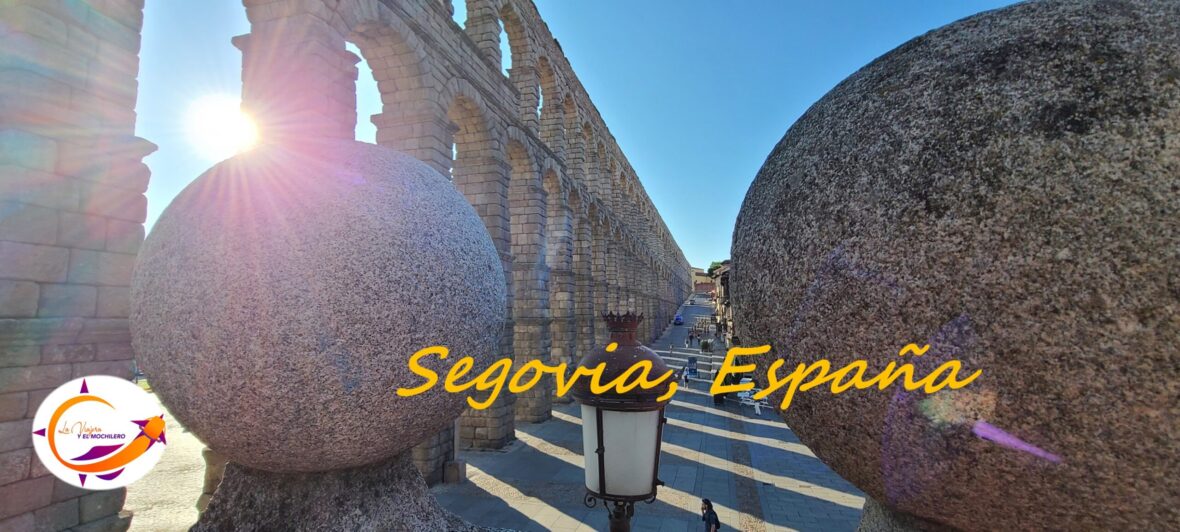High on a hill along the old pilgrimage route of “Via Francigena” in Tuscany, we find the “City of Fine Towers”, San Gimignano. The name of the city arises in honor of “San Geminiano”.

The story tells that Bishop Geminiano intervened with the followers of Attila the Hun, convincing them not to destroy the Castle of Silvia, which was besieged by them. The castle, which itself was the city within the walls, was built during the 1st century B. C. Since then, the city was renamed “San Gimignano” in honor of its savior, “San Geminiano”.


In addition to having been a stopping point of the “Via Francigena”, San Gimignano is also known for its saffron (a spice of Crocus crocus flower), its Vernaccia (white wine) and its abundant structures with towers. Almost everything can be seen from the “Piazza del Duomo”. Here we find the “Collegiate Church of Santa Maria Assunta” (Collegiate Church of the Assumption of Mary), the Cathedral of San Gimignano.

The cathedral was built between the twelfth and thirteenth centuries. The Romanesque style is predominant, but it also has elements of the Renaissance. The Collegiate Church of the Assumption of Mary is shaped like a Latin cross with a central nave with two aisles. We find arches, small windows and stained glass that in addition to enriching the details of the interior of the church, offer lighting. It was consecrated in 1148 by Pope Eugene III. Interestingly, the cathedral has no central entrance and access to the temple is through the side doors that lead directly to the halls.




